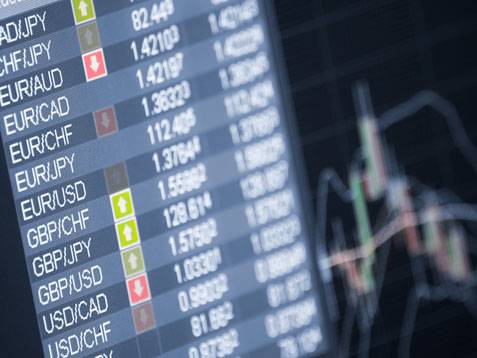The Australian dollar began Tuesday’s session on a higher note after the Reserve Bank of Australia surprised markets by keeping the interest rate unchanged at 3.85%, defying expectations of a 25-basis-point cut.
Meanwhile, investors await the release of the NFIB Business Optimism Index for June, the only item on today’s US economic calendar, as attention remains focused on news related to US tariff policies.
RBA holds steady despite market expectations
The RBA announced in its statement early Tuesday that it decided to maintain the benchmark interest rate, citing the need for more data to confirm that inflation is steadily moving toward the 2.5% target.
At the press conference following the meeting, Governor Michele Bullock said it was appropriate to take a “cautious and gradual approach to monetary easing,” while also noting that the bank could anticipate further rate cuts if inflation slows as expected.
The decision contradicted market expectations for a rate cut, prompting the Australian dollar to recover after losing nearly 1% on Monday.
As of 19:52 GMT, the Australian dollar was up 0.6% against the US dollar at 0.6531.
Trump extends tariff deadline and warns Japan and South Korea
Late Monday, the White House announced that President Donald Trump had signed an executive order extending the deadline for new tariffs until August 1.
Despite this extension, Trump confirmed that the US would impose 25% tariffs on imports from Japan and South Korea, warning that if any country decided to raise its own tariffs, the increase would be added directly to the 25% rate imposed by the US.
These statements triggered a broad sell-off on Wall Street Monday, with major indices closing sharply lower, while the US Dollar Index (DXY) surged to a two-week high, rising more than 0.5% during the day.
However, on Tuesday morning, the dollar index began to decline and is now trading below the 97.50 level, while US stock futures are showing slight gains.
Michele Bullock reveals division within the RBA board
During the post-meeting press conference, Michele Bullock revealed that the board had a “very active discussion” on whether to hold or cut rates.
She clarified that the division was not about the direction of monetary policy but rather the timing. “The group in favor of a cut saw the economic data as slightly weaker and was more concerned about downside risks, especially internationally,” she said.
RBA reform recommendations now taking effect
This internal divergence comes amid structural reforms at the central bank. A key recommendation from the RBA’s comprehensive 2023 review was to publish how board members voted on rate decisions—without naming individuals—to enhance transparency and accountability.
Most of the review’s 51 recommendations have already been implemented, including:
Creating two separate boards for the bank instead of one
Reducing the number of interest rate meetings from 11 to 8 per year
Extending monetary policy meetings to span two days instead of one
Holding a press conference after each rate decision
One of the main recommendations still in progress involves publishing the number of votes for, against, and abstaining from each interest rate decision in the post-meeting statement.
Canadian dollar
As of 19:53 GMT, the Canadian dollar rose by less than 0.1% against its US counterpart to 0.7311.
US dollar
At 19:10 GMT, the US Dollar Index was up by less than 0.1% at 97.5 points, after recording a high of 97.8 and a low of 97.1.
On Monday, President Trump announced that his administration would impose 25% tariffs on imports from South Korea and Japan starting August 1, as part of a broader batch of tariff notifications sent to several countries.
The White House confirmed that Trump would sign an executive order to extend the temporary freeze on reciprocal tariffs until August 1, giving targeted countries an additional three weeks to reach agreements.
Today, Trump reiterated that the final deadline for the new tariffs would not be extended beyond August 1.
US Treasury Secretary Scott Bessent commented that the tariff policy would generate more than $300 billion in revenue for the US by the end of the year.
In a separate development, Trump renewed his criticism of Federal Reserve Chairman Jerome Powell, calling for his immediate resignation.


